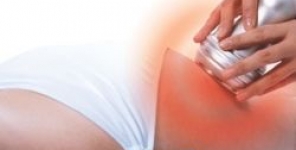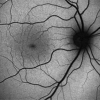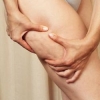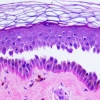Radiazione infrarossa per il trattamento della lassità cutanea
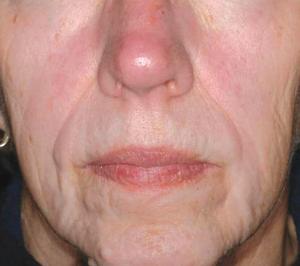 I laser e le luci determinano stimoli rigeneranti, di ablazione e contrazione per i tessuti cutanei. Lo scopo di questo studio è stato proprio quello di esaminare l'azione delle luci ad infrarossi nel contesto di trattamento della lassità cutanea del viso e del corpo.
I laser e le luci determinano stimoli rigeneranti, di ablazione e contrazione per i tessuti cutanei. Lo scopo di questo studio è stato proprio quello di esaminare l'azione delle luci ad infrarossi nel contesto di trattamento della lassità cutanea del viso e del corpo.
Metodi:
Tra il 2007 e il 2011, è stato condotto uno studio presso il Dipartimento di Chirurgia Plastica e Ricostruttiva dell'Ospedale San Camillo-Forlanini nel quale sono stati inclusi 303 pazienti sottoposti a terapia laser. Il laser ha operato ad una lunghezza d'onda tra 1100 e 1800 nm. Le aree trattate sono state: il viso, il collo, le sopracciglia, l'addome, le gambe e i glutei.
Risultati:
Durante lo studio non abbiamo notato alcuna complicazione sistemica. In un solo caso, un paziente ha presentato un eritema della durata di tre giorni su entrambe le palpebre inferiori a causa della terapia laser: il soggetto è guarito senza alcuna terapia farmacologica. Non è stato notato alcun episodio di iper- o ipo-pigmentazione della cute. Il grado di soddisfazione dei pazienti è stato diverso a seconda delle aree: per quanto riguarda il lifting del viso, del collo e delle sopracciglia, il 70% dei pazienti ha riferito di essere “molto soddisfatto”, il 10% di essere "soddisfatto" e, infine, il 20% "non soddisfatto”; per quanto riguarda le altre aree: il 40% dei pazienti è stato "molto soddisfatto", il 20% è stato "soddisfatto" e il 40% “non soddisfatto”.
Conclusione:
L'impiego della radiazione infrarossa rappresenta una valida alternativa al lifting chirurgico, ma non può sostituirlo. La tecnica con luce infrarossa si è rivelata utile nel contrastare la lassità cutanea del viso e di altre parti del corpo, inoltre, l'assenza di cicatrici e del rischio chirurgico rende questa tecnica utilizzabile per un gran numero di pazienti.
Storia della pubblicazione:
Titolo: The use of infrared radiation in the treatment of skin laxity
Rivista: Journal of Cosmetic and Laser Therapy. doi:10.3109/14764172.2013.864199
Autori: Marco Felici, Pietro Gentile, Barbara De Angelis, Livia Puccio, Aldo Puglisi, Aldo Felici, Pamela Delogu e Valerio Cervelli
Affiliazioni:San Camillo Hospital, Plastic Surgery, Rome, Italy Department of Plastic and Reconstructive Surgery, University of Rome Tor Vergata, Rome, Italy
Abstract:
Background: Cosmetic surgery and medicine are extremely interesting fields for a plastic surgeon. Lasers and lights determine ablation, contraction and regenerating stimulus in skin tissues. The aim of this study is to examine the use of infrared lights in treating facial and body skin laxity. Methods: Between 2007 and 2011, in the Department of Plastic and Reconstructive Surgery at the Hospital San Camillo-Forlanini, 303 patients were enrolled in the study and underwent laser therapy. The laser operates in wavelength from 1100 to 1800 nm. The treated areas are: face, neck, eyebrows, abdomen, legs and buttocks. Results: We have noticed no systemic complications. A case of a patient with a three days lasting erythema on both lower eyelids caused by laser therapy healed without any pharmacological therapy. Neither hyper- nor hypopigmentation of the skin was found. The satisfaction degree of patients has been: facial, neck and eyebrow lifting “very satisfactory” for 70% of the patients, “satisfactory” for 10%, “unsatisfactory” for 20%; for the other areas it was “very satisfactory” for 40%, “satisfactory” for 20% and “unsatisfactory” for 40%. Conclusion: The use of infrared radiation represents a valid alternative to surgical lifting, but cannot replace it. The infrared light technique used has turned out to be useful in contrasting skin laxity of the face and other parts of the body. The absence of scars and surgical risk makes this technique useable for a large number of patients.
